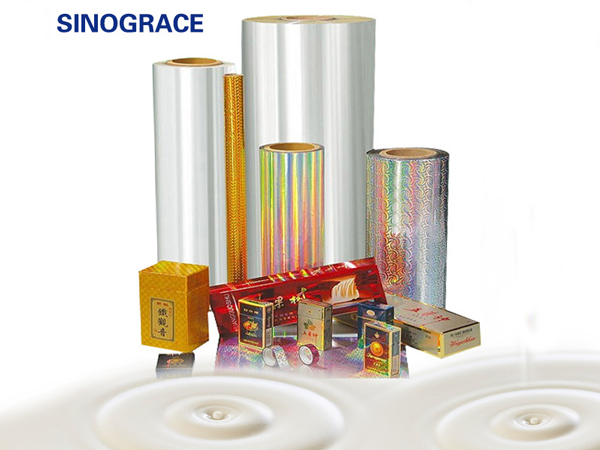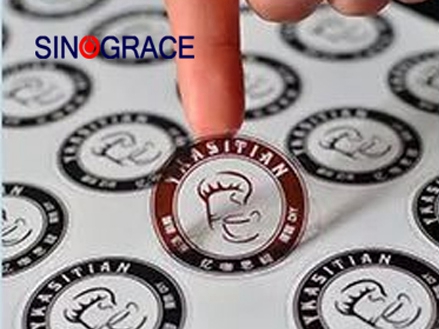Introduction to pressure sensitive adhesive for labels
Adhesive label is a representative pressure sensitive adhesive product which coexists with adhesive tape for packaging. Its wide range of uses, such as: food, cosmetics, drugs and other use of senior beautiful label; Quality marking labels for fiber products, electronic machines, daily necessities, etc.; A price tag used in a supermarket or grocery store; Computer tags for schools, hospitals and offices; Industrial labels used in engineering management. It is widely used in all industries and fields. Its growth rate is increasing by about 15% a year. The substrates used are paper, polypropylene film, polyester film, PVC film, aluminum foil, fiber and so on. Pressure sensitive adhesive is divided into acrylic, rubber, hot melt and so on. Europe, the United States mostly used rubber system, and recently quickly transferred to the hot melt system. According to a person of insight, 80% of the future adhesive label to hot melt system. In Japan, it's almost always acrylic. Acrylic pressure sensitive adhesive, has outstanding weather resistance, but also has good cutting, this is the reason to occupy the market. In Japan, the sealing packaging machine is very common, so the requirements of label cutting quality, operation suitability is very strict. Paper adhesive labels almost all use acrylic emulsion pressure sensitive adhesive; Film adhesive labels use acrylic solvent pressure sensitive adhesive. Adhesive labels are roughly divided into permanent adhesion type, then peel type, frozen type. Permanent adhesive type is used on items that do not need to be uncovered once attached. Its physical properties require fast viscosity, adhesion, and cohesion can be lower. Repeel type must be attached once on the article, clean without leaving residue. So the requirement of its fast viscosity is good, but the adhesion force is low, and the cohesion requirements are high. The frozen type requires good low temperature characteristics due to the popularity of frozen food. They are more commonly manufactured by coating the isolation paper with pressure-sensitive adhesive, drying it and then recombining it with the substrate, and finally rolling it into the product.
read more

 English
English français
français русский
русский español
español العربية
العربية








